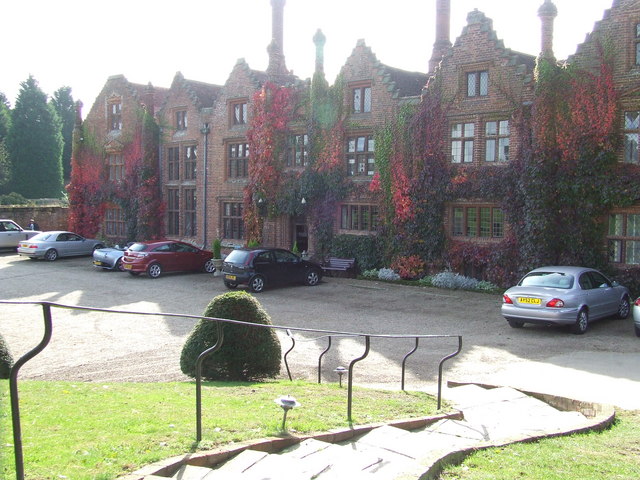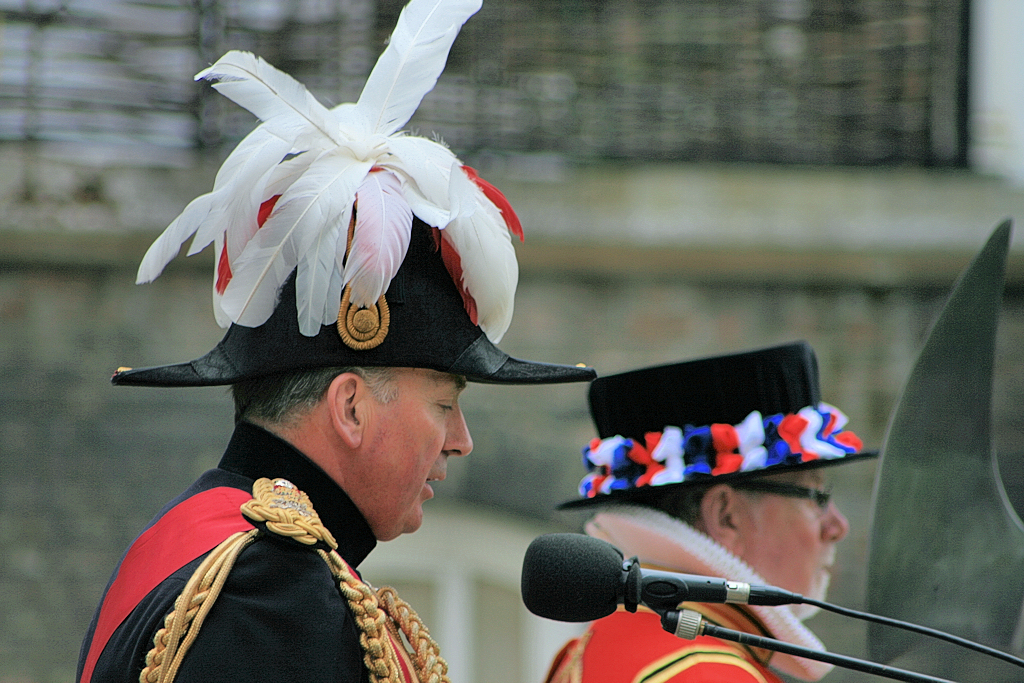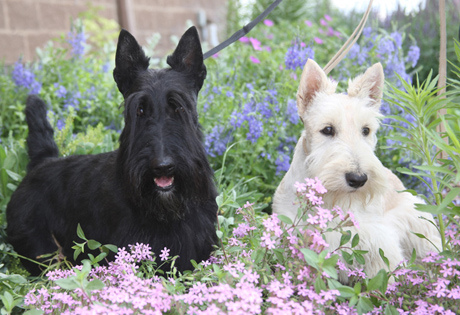|
Five Find-Outers
''The Five Find-Outers and Dog'', also known as ''The Five Find-Outers'', is a series of children's mystery books written by Enid Blyton. The first was published in 1943 and the last in 1961. Set in the fictitious village of Peterswood based on Bourne End, close to Marlow, Buckinghamshire, the children Fatty (Frederick Trotteville), who is the leader of the team, Larry (Laurence Daykin), Pip (Philip Hilton), Daisy (Margaret Daykin), Bets (Elizabeth Hilton) and Buster, Fatty's dog, encounter a mystery almost every school holiday, always solving the puzzle before Mr Goon, the unpleasant village policeman, much to his annoyance. Characters The Five Find-Outers and Dog * Frederick Algernon "Fatty" Trotteville – the leader of the Five Find-Outers from the third book on, when he justifies his leadership by demonstrating how to use invisible ink and how to escape from a locked room. He is given the nickname Fatty by the other children because of his initials, Frederick A ... [...More Info...] [...Related Items...] OR: [Wikipedia] [Google] [Baidu] |
Enid Blyton
Enid Mary Blyton (11 August 1897 – 28 November 1968) was an English children's writer, whose books have been worldwide bestsellers since the 1930s, selling more than 600 million copies. Her books are still enormously popular and have been translated into 90 languages. As of June 2019, Blyton held 4th place for the most translated author. She wrote on a wide range of topics, including education, natural history, fantasy, mystery, and biblical narratives. She is best remembered today for her '' Noddy'', '' Famous Five'', '' Secret Seven'', the '' Five Find-Outers'', and '' Malory Towers'' books, although she also wrote many others including the '' St Clare's'', '' The Naughtiest Girl'' and '' The Faraway Tree'' series. Her first book, ''Child Whispers'', a 24-page collection of poems, was published in 1922. Following the commercial success of her early novels, such as '' Adventures of the Wishing-Chair'' (1937) and '' The Enchanted Wood'' (1939), Blyton went on to build a ... [...More Info...] [...Related Items...] OR: [Wikipedia] [Google] [Baidu] |
Mystery Fiction
Mystery is a fiction genre where the nature of an event, usually a murder or other crime, remains mysterious until the end of the story. Often within a closed circle of suspects, each suspect is usually provided with a credible motive and a reasonable opportunity for committing the crime. The central character is often a detective (such as Sherlock Holmes), who eventually solves the mystery by logical deduction from facts presented to the reader. Some mystery books are non-fiction. Mystery fiction can be detective stories in which the emphasis is on the puzzle or suspense element and its logical solution such as a whodunit. Mystery fiction can be contrasted with hardboiled detective stories, which focus on action and gritty realism. Mystery fiction can involve a supernatural mystery in which the solution does not have to be logical and even in which there is no crime involved. This usage was common in the pulp magazines of the 1930s and 1940s, whose titles such as ''Dime ... [...More Info...] [...Related Items...] OR: [Wikipedia] [Google] [Baidu] |
Boarding School
A boarding school is a school where pupils live within premises while being given formal instruction. The word "boarding" is used in the sense of "room and board", i.e. lodging and meals. As they have existed for many centuries, and now extend across many countries, their functioning, codes of conduct and ethos vary greatly. Children in boarding schools study and live during the school year with their fellow students and possibly teachers or administrators. Some boarding schools also have day students who attend the institution by day and return off-campus to their families in the evenings. Boarding school pupils are typically referred to as "boarders". Children may be sent for one year to twelve years or more in boarding school, until the age of eighteen. There are several types of boarders depending on the intervals at which they visit their family. Full-term boarders visit their homes at the end of an academic year, semester boarders visit their homes at the end of an acade ... [...More Info...] [...Related Items...] OR: [Wikipedia] [Google] [Baidu] |
Day School
A day school — as opposed to a boarding school — is an educational institution where children and adolescents are given instructions during the day, after which the students return to their homes. A day school has full-day programs when compared to after-school programs. A day school is a learning center whereby the learners usually goes back to their dwelling place daily and they do not dwell at the study center. It could be a secondary or tertiary Tertiary ( ) is a widely used but obsolete term for the geologic period from 66 million to 2.6 million years ago. The period began with the demise of the non- avian dinosaurs in the Cretaceous–Paleogene extinction event, at the start ... day school. It could also be privately or government owned. Consequently, parents and guardians are not required to pay for accommodation and feeding fees, this is due to the non residential status of a day school. Day school helps the child to receiving a dual training from t ... [...More Info...] [...Related Items...] OR: [Wikipedia] [Google] [Baidu] |
Police Constable
A constable is a person holding a particular office, most commonly in criminal law enforcement. The office of constable can vary significantly in different jurisdictions. A constable is commonly the rank of an officer within the police. Other people may be granted powers of a constable without holding this title. Etymology Historically, the title comes from the Latin '' comes stabuli'' (attendant to the stables, literally ''count of the stable'') and originated from the Roman Empire; originally, the constable was the officer responsible for keeping the horses of a lord or monarch.p103, Bruce, Alistair, ''Keepers of the Kingdom'' (Cassell, 2002), Constable Encyclopædia Britannica online The title was imported to the |
Scottish Terrier
The Scottish Terrier ( gd, Abhag Albannach; also known as the Aberdeen Terrier), popularly called the Scottie, is a breed of dog. Initially one of the highland breeds of terrier that were grouped under the name of ''Skye Terrier'', it is one of five breeds of terrier that originated in Scotland, the other four being the modern Skye, Cairn, Dandie Dinmont, and West Highland White terriers. They are an independent and rugged breed with a wiry outer coat and a soft dense undercoat. The First Earl of Dumbarton nicknamed the breed "the diehard". According to legend, the Earl of Dumbarton gave this nickname because of the Scottish Terriers' bravery, and Scotties were also the inspiration for the name of his regiment, The Royal Scots, Dumbarton’s Diehard. Scottish Terriers, were originally bred to hunt vermin on farms. They are a small breed of terrier with a distinctive shape and have had many roles in popular culture. They have been owned by a variety of celebrities, inclu ... [...More Info...] [...Related Items...] OR: [Wikipedia] [Google] [Baidu] |
Ventriloquism
Ventriloquism, or ventriloquy, is a performance act of stagecraft in which a person (a ventriloquist) creates the illusion that their voice is coming from elsewhere, usually a puppeteered prop known as a "dummy". The act of ventriloquism is ventriloquizing, and the ability to do so is commonly called in English the ability to "throw" one's voice. History Origins Originally, ventriloquism was a religious practice. The name comes from the Latin for 'to speak from the stomach: (belly) and (speak). The Greeks called this gastromancy ( grc-gre, εγγαστριμυθία). The noises produced by the stomach were thought to be the voices of the unliving, who took up residence in the stomach of the ventriloquist. The ventriloquist would then interpret the sounds, as they were thought to be able to speak to the dead, as well as foretell the future. One of the earliest recorded group of prophets to use this technique was the Pythia, the priestess at the temple of Apollo in Delphi, ... [...More Info...] [...Related Items...] OR: [Wikipedia] [Google] [Baidu] |
Orator
An orator, or oratist, is a public speaker, especially one who is eloquent or skilled. Etymology Recorded in English c. 1374, with a meaning of "one who pleads or argues for a cause", from Anglo-French ''oratour'', Old French ''orateur'' (14th century), Latin ''orator'' ("speaker"), from ''orare'' ("speak before a court or assembly; plead"), derived from a Proto-Indo-European base *''or-'' ("to pronounce a ritual formula"). The modern meaning of the word, "public speaker", is attested from c. 1430. History In ancient Rome, the art of speaking in public (''Ars Oratoria'') was a professional competence especially cultivated by politicians and lawyers. As the Greeks were still seen as the masters in this field, as in philosophy and most sciences, the leading Roman families often either sent their sons to study these things under a famous master in Greece (as was the case with the young Julius Caesar), or engaged a Greek teacher (under pay or as a slave). In the young revolution ... [...More Info...] [...Related Items...] OR: [Wikipedia] [Google] [Baidu] |
False Teeth
Dentures (also known as false teeth) are prosthetic devices constructed to replace missing teeth, and are supported by the surrounding soft and hard tissues of the oral cavity. Conventional dentures are removable (removable partial denture or complete denture). However, there are many denture designs, some which rely on bonding or clasping onto teeth or dental implants (fixed prosthodontics). There are two main categories of dentures, the distinction being whether they are used to replace missing teeth on the mandibular arch or on the maxillary arch. Medical uses Dentures do not feel like real teeth, nor do they function like real teeth. Dentures can help people through: * Mastication or chewing ability is improved by replacing edentulous areas with denture teeth. * Aesthetics, because the presence of teeth gives a natural appearance to the face, and wearing a denture to replace missing teeth provides support for the lips and cheeks and corrects the collapsed appearance tha ... [...More Info...] [...Related Items...] OR: [Wikipedia] [Google] [Baidu] |
Greasepaint
Foundation is a liquid, cream, or powder makeup applied to the face and neck to create an even, uniform color to the complexion, cover flaws and, sometimes, to change the natural skin tone. Some foundations also function as a moisturizer, sunscreen, astringent or base layer for more complex cosmetics. Foundation applied to the body is generally referred to as " body painting" or "body makeup". History The use of cosmetics to enhance complexion reaches back into antiquity. "Face painting" is mentioned in the Old Testament (Ezekiel 23:40). Ancient Egyptians used foundation. In 200 B.C., ancient Greek women applied white lead powder and chalk to lighten their skin. It was considered fashionable for Greek women to have a pale complexion. Roman women also favoured a pale complexion. Wealthy Romans favoured white lead paste, which could lead to disfigurements and death. Men also wore makeup to lighten their skin tone; using white lead powder, chalk, and creams. The cream was made ... [...More Info...] [...Related Items...] OR: [Wikipedia] [Google] [Baidu] |
Disguise
A disguise can be anything which conceals or changes a person's physical appearance, including a wig, glasses, makeup, fake moustache, costume or other items. Camouflage is a type of disguise for people, animals and objects. Hats, glasses, changes in hair style or wigs, plastic surgery, and make-up are also used. Disguises can be used by criminals, terrorists, and secret agents seeking to avoid identification. A person working for an agency trying to get information might go 'undercover' to get information without being recognised by the public; a celebrity may go 'incognito' in order to avoid unwelcome press attention. In comic books and films, disguises are often used by superheroes, and in science fiction they may be used by aliens. Dressing up in costumes is a Halloween tradition. Types of disguise Clothing The most basic type of disguise is to use clothing to conceal one's identity. Such a method is commonly used by undercover investigators, detectives, and police ... [...More Info...] [...Related Items...] OR: [Wikipedia] [Google] [Baidu] |







.jpg)
